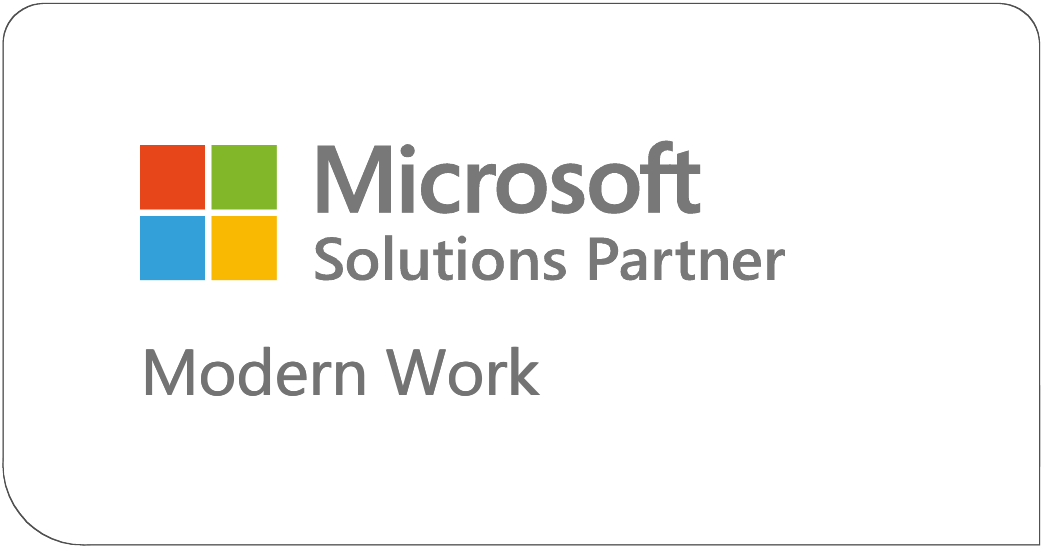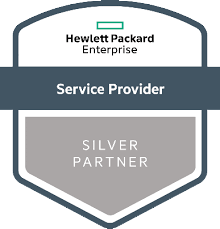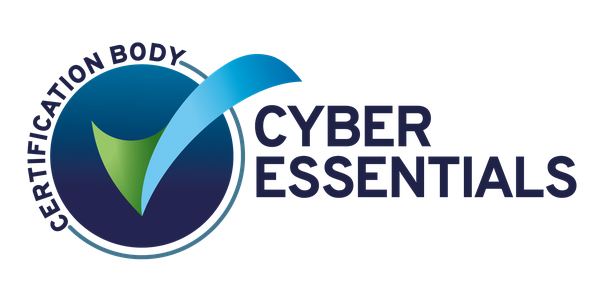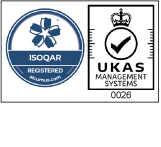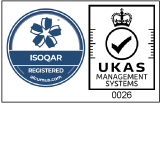Energy Transformation – Tech Thoughts Blog
Introduction
This is the latest in a series of Tailor Made Tech Thoughts, providing insight on tech matters that relate to SMEs. In these bulletins I look at recent developments in the tech industry as well as global trends, then attempt to evaluate opportunities for small and medium businesses to embrace those new developments. In the wake of the COP-26 summit in Glasgow, there’s now more focus than ever before on the environment. In this post, I’ve been thinking about what this means for SMEs and what practical steps can be taken to help organisations to adopt a more environmentally friendly approach to business.
Richard Hotchkin, CTO. Tailor Made Technologies
Energy Future
In the next few years, carbon footprints will be seen as socially unacceptable. The global pandemic has made everyone re-evaluate. The extended periods of time that people spent working from home and the dramatic reduction in aviation led to significant short-term reductions in the prevalence of NO2 and greenhouse gasses during lockdown. These have largely now returned to pre-pandemic levels, but the pandemic does serve to show that it is possible to directly impact the environment by changing behaviours.
Organisations are now pushing towards net-zero emissions, requiring far-reaching energy transformation both at corporate levels as well as governmental levels. The reality is that in order to reach net-zero, we actually have to develop negative emission technologies to compensate for industries such as the manufacture of steel and cement which are exceptionally difficult to decarbonise. Effectively we will actually have to remove more CO2 from the atmosphere than we’re currently emitting, delivering a climate-positive impact, in order to balance out at net-zero.
The cost of renewable energy generation is rapidly reducing and will become lower than the marginal cost of fossil fuels.
Source: IRENA Renewable Cost Database
Note: This data is for the year of commissioning. The thick lines are the global weighted-average LCOE value derived from the individual plants commissioned in each year. The project-level LCOE is calculated with a real weighted average cost of capital (WACC) of 7.5% for OECD countries and China in 2010, declining to 5% in 2020; and 10% in 2010 for the rest of the world, declining to 7.5% in 2020. The single band represents the fossil fuel-fired power generation cost range, while the bands for each technology and year represent the 5th and 95th percentile bands for renewable projects.
Of course, the current install base of Fossil Fuel generators has an average life expectancy of between 20 and 40 years. That capacity already exists for coal and gas-fired power, but the reductions in Levelised Cost of Electricity (LCOE) particularly for Onshore Wind and Solar Photovoltaic generation, now provides a solid financial rationale for the adoption of sustainable energy generation to replace the Fossil Fuel Generation. Furthermore, these cost savings are likely to increase further as the relatively new technology becomes more mature.
What can SMEs do to contribute?
Running legacy IT infrastructure in either an on-premises or colo environment is really quite inefficient. An organisation needs to purchase hardware that will support its organisation for around 5 years in order to see a return on the investment. This means that for the majority of the lifespan of the infrastructure, it is over-provisioned, meaning there’s too much compute and storage capacity at the start of life of the equipment and it’s often left powered on for far longer than it strictly needs to be. By moving to the cloud, flexibility is introduced allowing infrastructure to be easily scaled as demand increases over time.
By sharing infrastructure in a cloud environment, the cloud provider can deliver greater energy efficiency by ensuring that the hardware it runs is loaded effectively from its introduction. Tailor Made can offer predictable monthly costs in a Virtual Private Cloud environment. The Tailor Made Datacentre is a tier 3 facility with a very high Power Usage Effectiveness (PUE). The datacentre reviewed and upgraded its Computer Room Air Conditioning (CRAC) system at the end of 2020 resulting in a significant reduction in power consumption.
By partnering with an organisation called CO2 Balance, the datacentre can boast CO2 neutrality. By moving your infrastructure to Tailor Made’s datacentre, you will contribute to reducing carbon emissions. As an alternative, a move to Microsoft Azure will also provide all the benefits of the cloud with variable monthly costs.
At Tailor Made, we are renewing our fleet of vehicles with the introduction of BMW i3, electric vehicles. As one of the major sources of pollution, company vehicles are one of the areas that are becoming easier to address directly, especially with the range of electric vehicles extending all the time.
Another strategy that companies could adopt to improve their green credentials would be to review their energy consumption. Ensuring that the energy provider generates its power from renewable sources is the first step. In addition, they could also ensure that energy-efficient lightbulbs and appliances are in use and that lights aren’t left on when not required.
Conclusion
With the ever-increasing focus on improving energy efficiency, all organisations are going to have to start to take their environmental policies more seriously than ever before. It’s likely that in the coming years there will be penalties for organisations that don’t take steps to optimise their efficiencies. By tackling the problem now, not only will organisations be helping to protect the planet, they will also make cost savings as well as avoid the prospect of potential fines in the future.
For more information on our Cloud IT services please CLICK HERE





